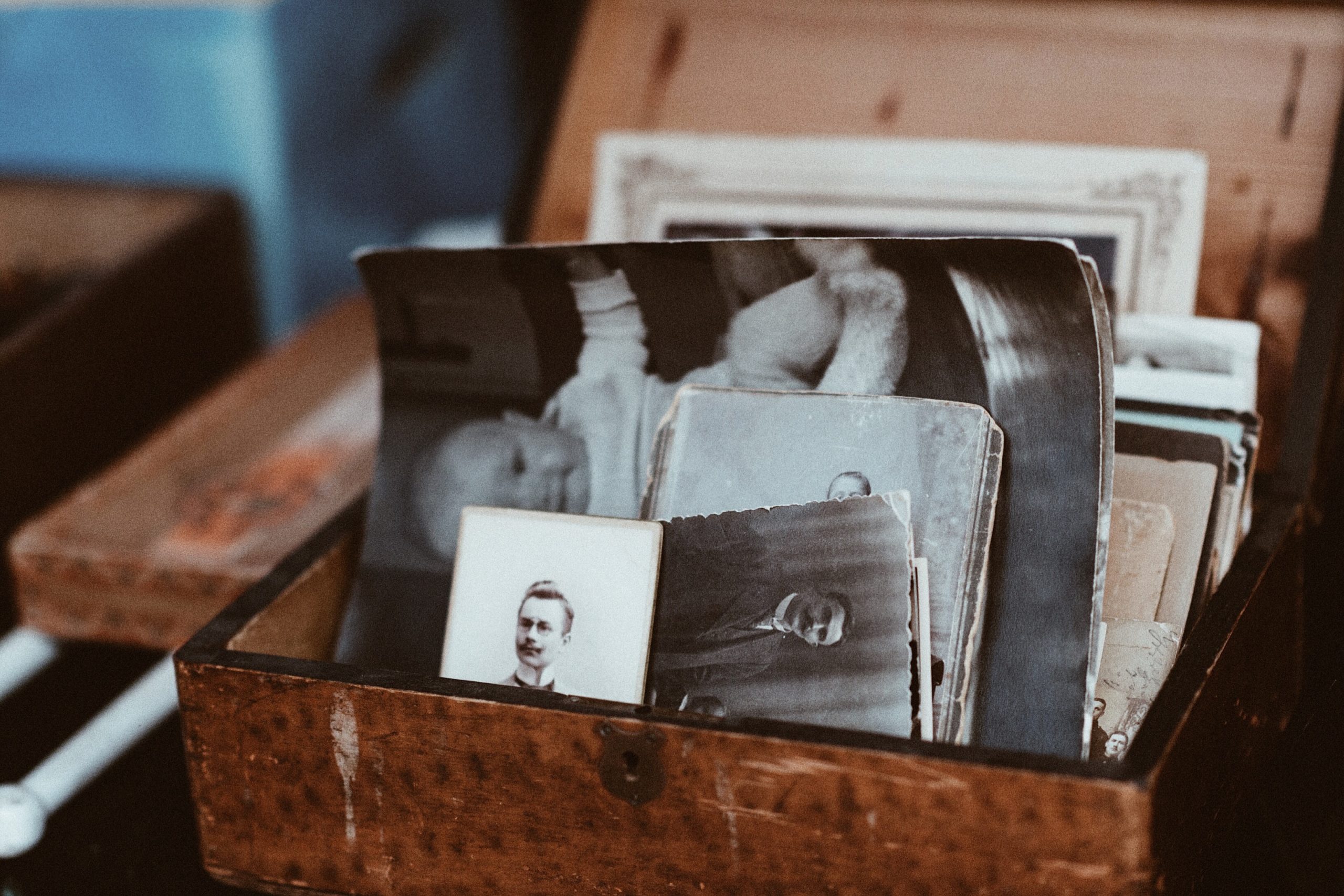How Long Have Trusts Been Around?

Let’s take a little jaunt back through history to learn how old trusts are and why they were invented.
It seems obvious that we should have the right to will our property to anyone we want. If it’s our property, of course we should be able to decide who gets it after we die. But it wasn’t always so. By the end of the 12th century, English laws of primogeniture prohibited all land transfers at death, except to the oldest son. These very rigid laws were contrary to the wishes of many people who wanted to provide for their daughters, younger sons, mistresses, illegitimate children, and others.
By the end of the 14th century, we have abundant evidence that English lawyers had figured out a way to get around the strict laws about transferring property at death. Their solution was to transfer the property to a friend for the “use” or benefit of someone else, such as a daughter, a mistress, or an illegitimate child. How did this work?
Take the case of John, a 14th century Englishman, who felt he was close to death. His mistress, Katherine, had four children by him. Existing law prevented him from giving those children any land at his death. But by transferring those lands to a friend for the use of his illegitimate children, with the friend’s promise to legally transfer the deeds to those lands to Katherine’s children, John would be able to go around English law to achieve his goal of taking care of Katherine’s children.
Because the legal transfer of land to friends was for the use of someone else, this legal device became known as a “use.” The structure of a “use” eventually evolved into our modern trust. But even at the beginning we can see all the essential parts of a trust:
John, who entrusts his land to his friend, is the trustor (or settlor).
The friend who agreed to hold the land and then transfer the land to Katherine’s children after John died is the trustee. The trustee had legal ownership of the land. But he held the land for the use or benefit of Katherine’s children.
Katherine’s children are the beneficiaries of the trust because it was for their benefit that the trust was established.
Just in case you were wondering, this is not a hypothetical case. This “use” (or early trust) was established in the 1390s by John of Gaunt for the benefit of his children by his mistress, Katherine Swynford. (Those children became known as the Beauforts and were a powerful faction in 15th century England during the War of the Roses.) By the way, don’t worry about John’s first-born legitimate son. He deposed his cousin Richard II and became King Henry IV in 1399.
So . . . what’s the point? A “use,” or “trust” as we say now, was a very useful device to get around a specific legal obstacle in medieval England. It’s still effective today in a variety of contexts. In the estate planning context, its most visible use is to avoid the time, expense, and publicity of probate and to take care of children as well as adults with special needs or without the capacity to take care of themselves.
